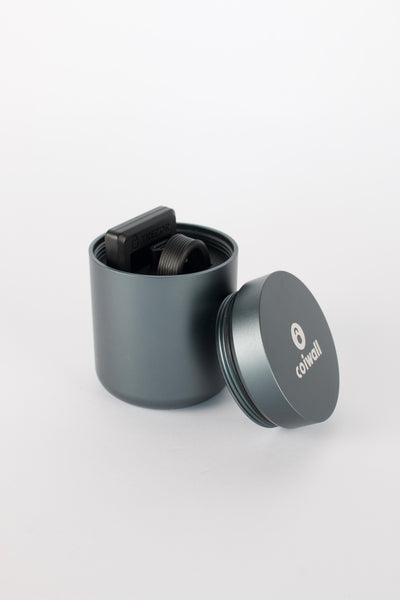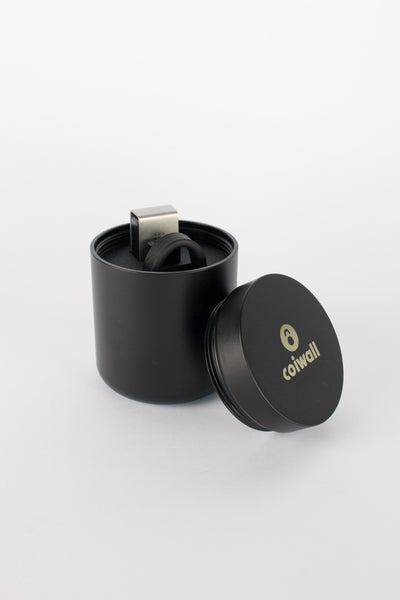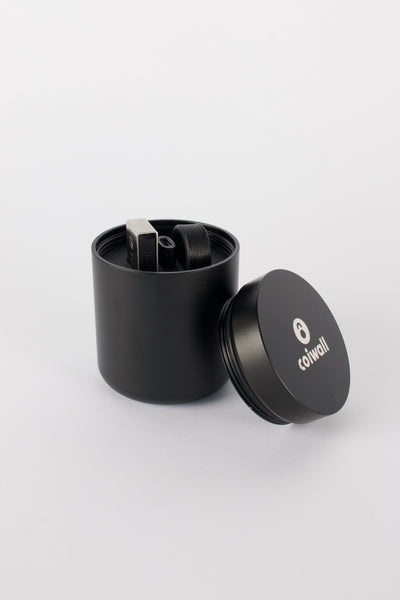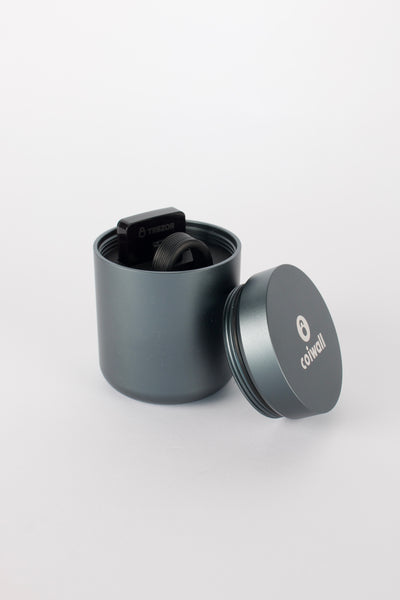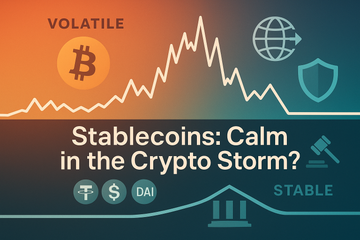Picture the wild swings of Bitcoin, where the price can leap or tumble thousands of dollars in a single afternoon. Now, imagine a cryptocurrency that’s supposed to keep its cool, staying steady amid those storms. Enter the stablecoin—a type of crypto that ties its value to something less volatile, like good old-fashioned dollars or gold. Sounds reliable, but is it really that simple? Let’s wade through the facts, the drama, and a little bit of the unexpected world behind stablecoins.
What Exactly Is a Stablecoin—And Why Should We Care?
You might be wondering, ‘If crypto is all about being different from traditional money, then why create something like a digital version of the dollar?’ Well, the wild volatility of most cryptocurrencies is a double-edged sword. While it invites speculation and the thrill of quick profits, it makes using crypto for everyday stuff—like paying for your coffee or sending remittances to family abroad—downright unpredictable.
This is where stablecoins such as Tether (USDT), USD Coin (USDC), and Dai come in. Each one’s value tries to stay close to a set benchmark—the US dollar being the crowd favorite. Basically, for every digital coin minted, there’s (supposedly) a real dollar tucked safely somewhere, kind of like a magic trick you can actually check. Some, like Dai, do things differently, using a cocktail of crypto assets and smart contracts to hold their peg. Still, the goal remains the same: cool heads in a hot market.
Wait, So How Do They Actually Work?
Here’s the thing: not all stablecoins wear the same shoes. Let’s break it down:
- Fiat-collateralized: Think Tether or USDC. They claim to hold cash or assets in a real bank account. For each coin minted, a greenback (or something close) should be snug in reserve. The point is trust—but as we’ll see, trust can be a wobbly bridge.
- Crypto-collateralized: Like Dai, which is backed by a mix of other cryptos. This basket approach, managed by clever smart contracts, tries to do the trick without a central party.
- Algorithmic: Some coins don’t bother with reserves at all. Instead, they adjust the supply using code to keep their peg. But honestly, this type’s had more spectacular meltdowns than moments of glory (just ask anyone who remembers the Terra/Luna fiasco).
In short, all stablecoins want to look boring. Yet, as anyone who’s followed crypto drama knows, that image can fall apart fast.
Why Do People Use Stablecoins, Anyway?
Now you might ask, ‘Why not just stick to regular dollars in my bank?’ Thing is, stablecoins let you stay inside the crypto playground. You can jump between decentralized exchanges, lend tokens, or stash your assets on platforms like Uniswap—often without ever touching a traditional bank. And cross-border payments? Stablecoins breeze past the long queues and high fees of wire services. People in countries with shaky banking systems often see stablecoins as a safe harbor—a sort of financial life raft in choppy waters.
Even professional traders use stablecoins to park their money during market turbulence. They’re sort of the backstage pass at every crypto event, letting you slide from Bitcoin to Ethereum to obscure coins without hopping back to fiat.
How Stable Is 'Stable,' Really?
Sure, it all sounds nice—until you peek under the hood. Remember Tether’s endless questions about whether they really had enough dollars in the vault? Or that moment when Dai wobbled during a market crash? Even the most popular stablecoins have had their faith shaken. Some, like TerraUSD, popped like a soap bubble, leaving regular folks and big investors with wallets full of nothing.
Security’s also a real concern. Because stablecoins are so essential to crypto markets, they’re a juicy target for hackers. Exchanges and wallet makers, like Trezor or Ledger, are constantly racing to stay one step ahead of trouble.
Regulators Are (Finally) Waking Up
It took a while, but lawmakers are catching on to just how big stablecoins have become. Frankly, when billions of digital dollars start zipping across borders in the blink of an eye, governments get nervous. In 2024, heated debates around the so-called GENIUS Act hit the U.S. Senate floor. Some senators backed the bill, hoping to finally write the rules around stablecoins. Others, including Elizabeth Warren, raised sharp concerns—arguing these digital dollars could dodge anti-money-laundering rules or even become political weapons.
Globally, the story’s similar. Every country seems to want a say in who can mint, hold, or move stablecoins across borders. Some folks argue new rules will keep the ecosystem safe and stable; others say tough laws could strangle innovation just as things are getting interesting.
Everyday Uses—and a Few Surprises
Let’s shift gears for a second. It’s not all legislative debates and market panic. For most people, stablecoins are quietly working wonders behind the scenes:
- Making international payroll and remittances lightning-fast and low-cost
- Powering NFT markets and blockchain gaming, where players need quick, stable payouts
- Letting decentralized finance (DeFi) apps run with less worry about wild price swings
Plus, stablecoins have found fans outside fintech circles—think charities, crowdfunding campaigns, and even savvy shoppers avoiding inflation in hyper-volatile economies. You know what? Sometimes the most impactful financial innovations are the least flashy ones.
Bitcoin vs. Stablecoins: Same Game, Different Goals
For crypto newcomers, it’s easy to lump all digital coins together. But the difference between something like Bitcoin and a stablecoin is night and day. Bitcoin is ‘digital gold,’ prized for its scarcity and wild price swings. It’s a bet on the future—and sometimes, a wild ride. Stablecoins, in contrast, aim to be the ‘digital dollar.’ They’re built for spending, lending, and saving, offering predictability instead of thrill rides.
It’s the classic tortoise-and-hare story, really—each with its own purpose, each racing a different finish line.
The Final Word—Or Is It?
So, are stablecoins the safe, reliable backbone that crypto needs, or just another promise waiting to be tested? Maybe a bit of both. They’ve drawn fortune and controversy, enabled small miracles in global payments, and thrown a spotlight on the need for trust—even in trustless systems.
If you’re thinking about parking your crypto in a stablecoin, keep an eye on who’s backing it, where those reserves are stored, and whether your favorite wallet or exchange (Trezor, Ledger, or another) has the security chops to keep your assets safe. The world of stablecoins isn’t quite as sleepy as it sounds—but for many, it’s the closest thing to calm amidst crypto’s chaos.

